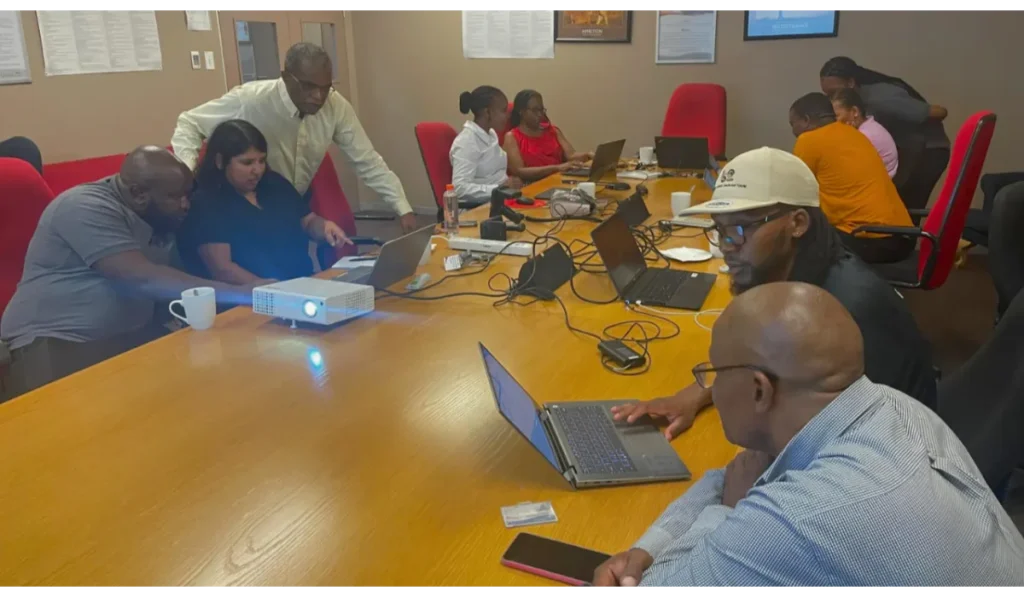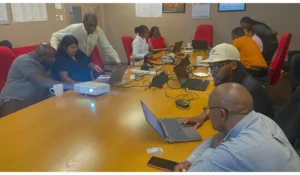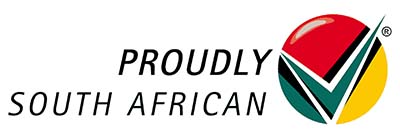Whether you’re a seasoned professional or just getting started, understanding the ins and outs of managing physical assets is crucial for optimizing your resources and achieving your business goals.
In this blog post, we’ll delve into the key components and strategies you need to know to effectively manage your assets.
Key Facts
- Mastering Physical Asset Management: Key Components and Strategies
- Understanding Physical Asset Management: Overseeing lifecycle of tangible assets, from acquisition to disposal, for minimizing downtime and maximizing ROI.
- Key Components: Asset Identification, Tracking, Maintenance, Risk Assessment, Compliance.
- Strategies: Implementing Asset Management Systems, Data Analytics, Optimizing Lifecycle Costs, HSE Practices, Sustainability Initiatives.
Understanding Physical Asset Management
Physical asset management involves overseeing the lifecycle of tangible assets, from acquisition to disposal.
These assets can include machinery, equipment, infrastructure, and property. By effectively managing physical assets, organizations can minimize downtime, reduce costs, and maximize their return on investment.
Key Components of Physical Asset Management
- Asset Identification and Classification: The first step in effective asset management is identifying and categorizing your assets. This involves creating a comprehensive inventory and classifying assets based on their criticality and value to your organization.
- Asset Tracking and Monitoring: Once assets are identified, it’s essential to track their location, condition, and usage. Utilizing asset tracking technologies such as RFID tags and GPS systems can help organizations keep tabs on their assets in real-time.
- Maintenance and Repair Strategies: Regular maintenance is key to extending the lifespan of physical assets and preventing costly breakdowns. Implementing proactive maintenance schedules and predictive maintenance techniques can help organizations identify and address potential issues before they escalate.
- Risk Assessment and Management: Assessing and mitigating risks associated with physical assets is crucial for ensuring safety and compliance. Conducting risk assessments and implementing risk management strategies can help organizations identify and prioritize risks, allowing them to allocate resources effectively.
- Compliance and Regulatory Considerations: Compliance with industry regulations and standards is essential for organizations operating in various sectors. Staying up-to-date with regulatory requirements and implementing compliance measures can help organizations avoid penalties and maintain operational integrity.
Strategies for Effective Physical Asset Management
- Implementing Asset Management Systems: Leveraging asset management software solutions can streamline asset management processes and provide organizations with valuable insights into their asset performance and utilization.
- Utilizing Data Analytics and Predictive Maintenance: Analyzing data collected from asset monitoring systems can help organizations identify trends and patterns, allowing them to predict asset failures and optimize maintenance schedules accordingly.
- Optimizing Asset Lifecycle Costs: Calculating the total cost of ownership (TCO) for assets can help organizations make informed decisions about asset investments and replacements. By optimizing asset lifecycle costs, organizations can minimize expenses and maximize returns.
- Emphasizing Health, Safety, and Environmental (HSE) Practices: Prioritizing HSE practices is essential for ensuring the well-being of employees and minimizing environmental impact. Implementing robust HSE policies and procedures can help organizations create safe and sustainable work environments.
- Integrating Sustainability Initiatives: Incorporating sustainability initiatives into asset management practices can help organizations reduce their carbon footprint and contribute to environmental conservation efforts. Implementing energy-efficient technologies and adopting green procurement practices are just a few ways organizations can promote sustainability.
Focus on Physical Asset Management in South Africa
South Africa boasts a diverse economy with thriving industries such as mining, manufacturing, and infrastructure development.
However, managing physical assets in South Africa comes with its own set of challenges and opportunities.
Overview of the Asset Management Landscape in South Africa: South Africa’s asset management landscape is shaped by factors such as regulatory requirements, economic conditions, and industry dynamics.
Organizations operating in South Africa must navigate these complexities while striving to optimize their asset management practices.
Unique Challenges and Opportunities
From aging infrastructure to workforce skills shortages, South Africa faces various challenges in managing physical assets.
However, these challenges also present opportunities for innovation and improvement, driving organizations to adopt new technologies and strategies to overcome them.
Take Away
Effective physical asset management is essential for organizations looking to optimize their resources, minimize costs, and maximize returns.
By understanding the key components and strategies outlined in this guide, organizations can enhance their asset management practices and achieve sustainable success.
Remember, continuous improvement is key, so keep exploring new technologies and best practices to stay ahead of the curve!








